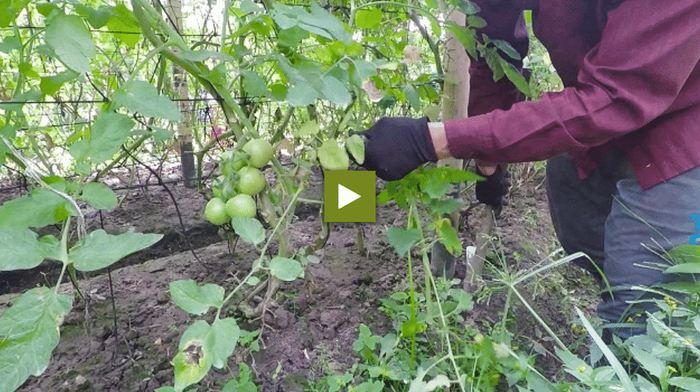Tomatoes are one of the main grown vegetables world wide, eaten both raw and cooked as a main source of vitamins, minerals.
They are sources of income for many farmers.
Tomatoes are affected by many pests and diseases. Late blight is a major disease.
Symptoms
Dark leaf sores which later turn brown. Marshy dark brown irregular sores on fruits and death of plant.
The disease is caused by moulds and spread by spores. The spores are moved by wind, rain splash and contaminated water.
Management
Crops include chillies, potatoes, sweet pepper and egg plants are also affected by late blight , do not grow them together with tomatoes.
Fertilize them with an organic fertilizer and lime to manage the acidity. This way there are less spores in the soil.
Control
Planting resistant varieties as advised by extension workers.
Staking to raise plants of the ground.
Do a daily field inspection to diagnose the disease infestation.
Burning affected plant parts. Don‘t throw sick plant parts on compost.
Clean used tools by using detergents or boiling water to sterilize them.
Pruning the plants and cut lower branches.
Crop rotation can break disease cycle.
Spray homemade, natural fungicides if necessary.



















